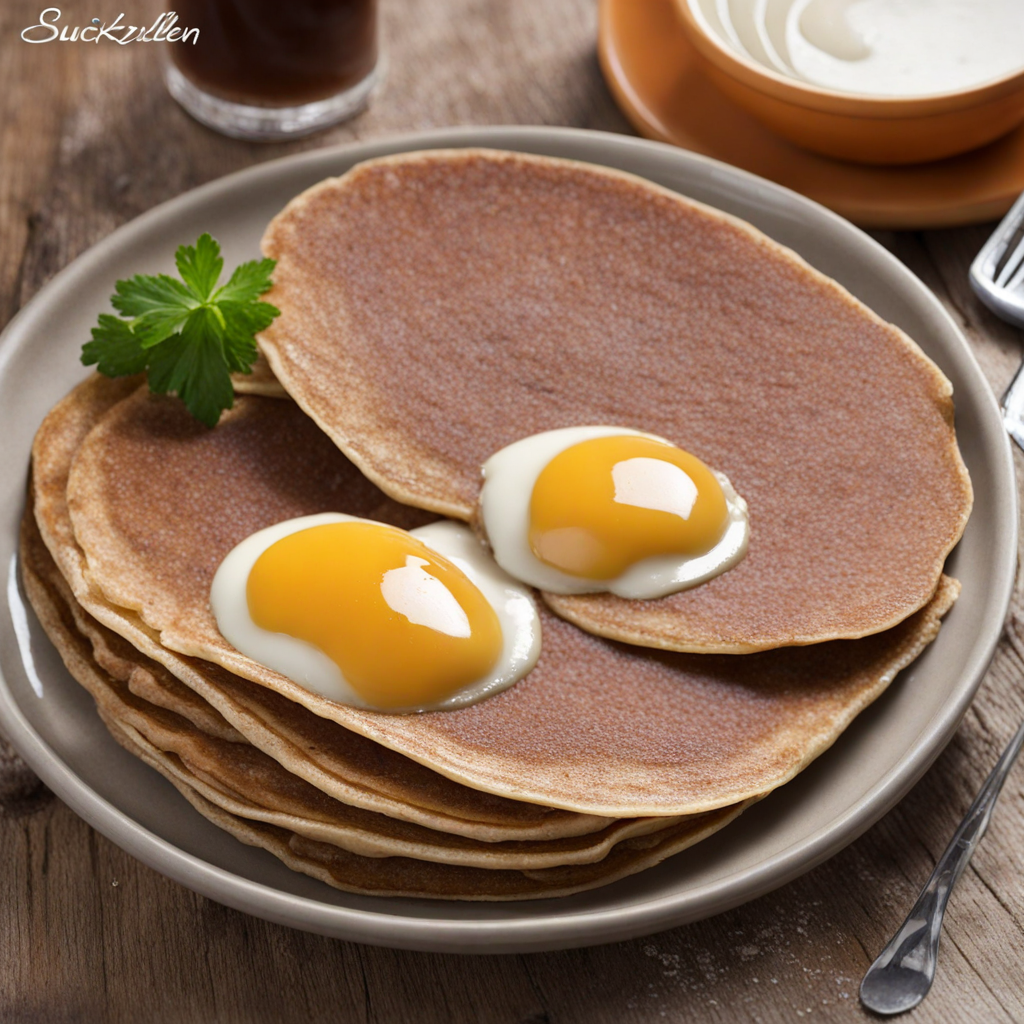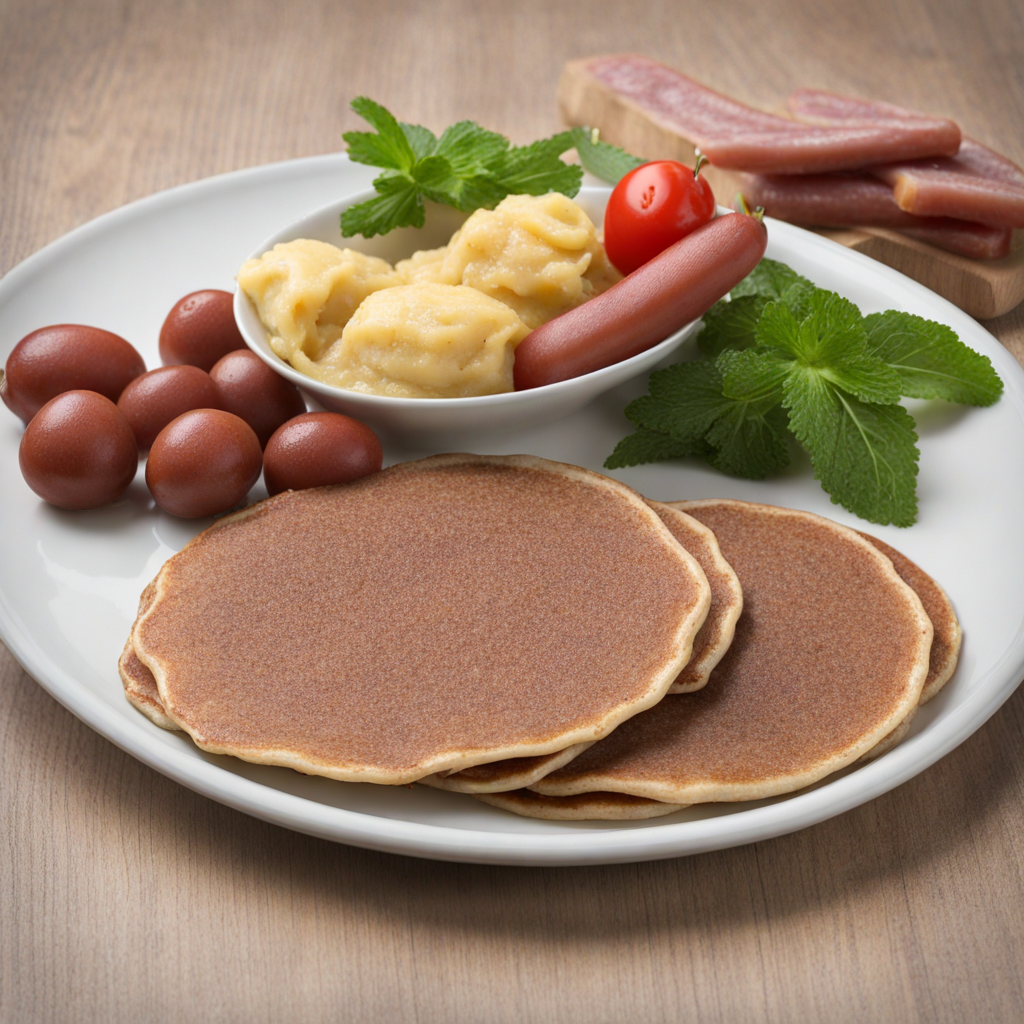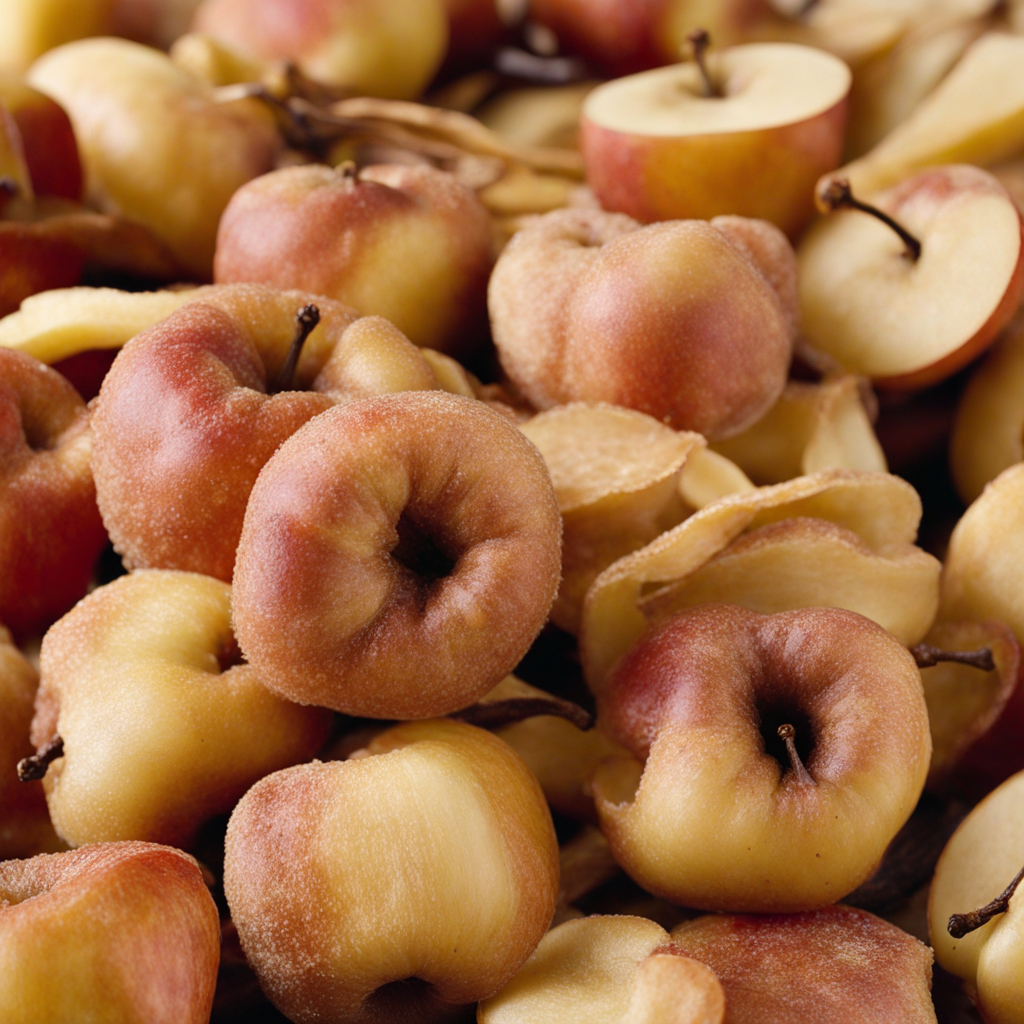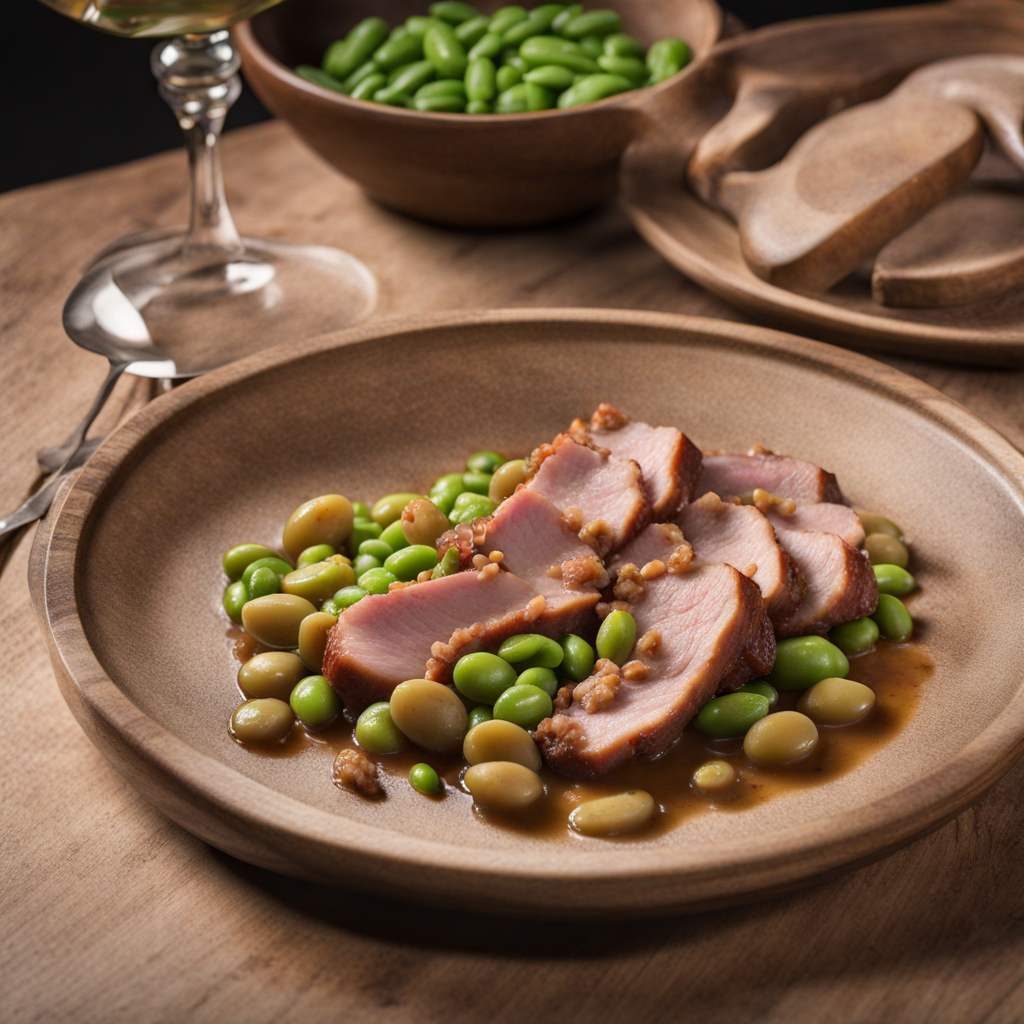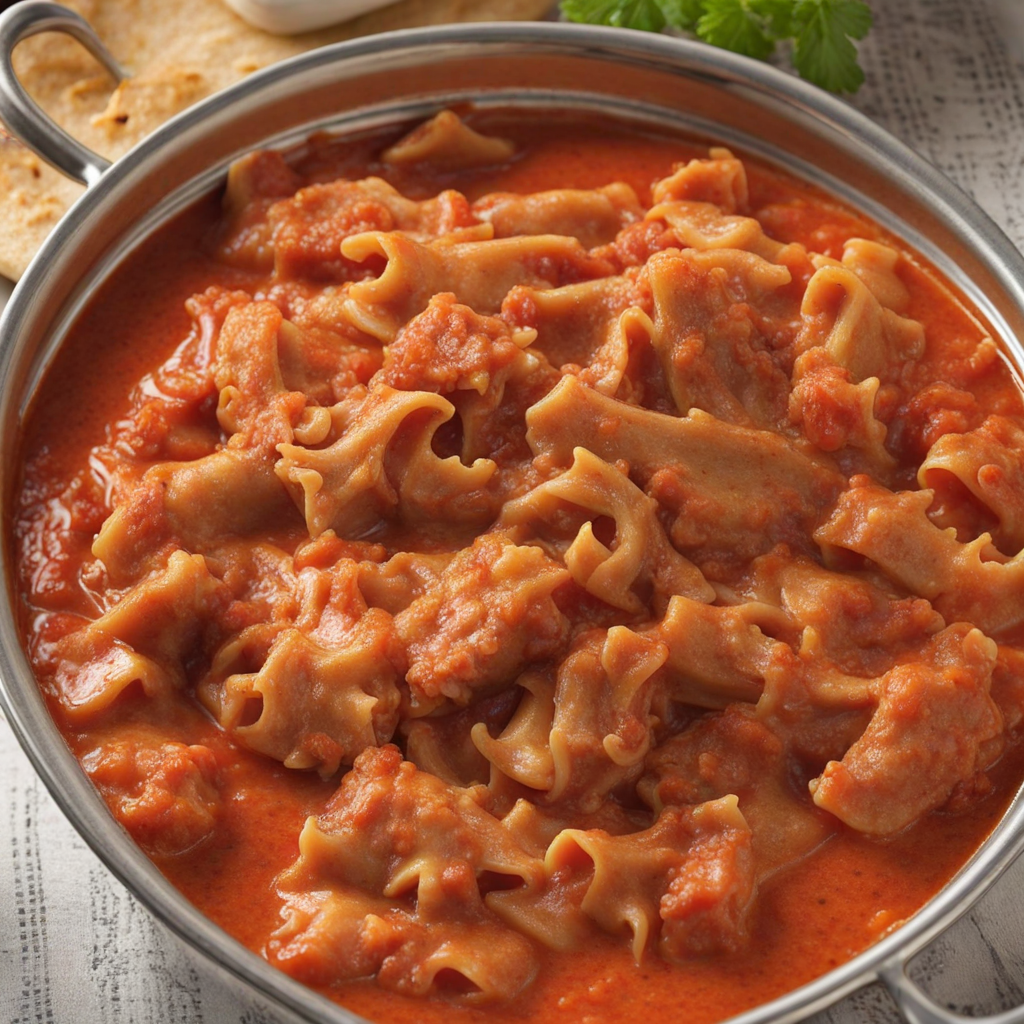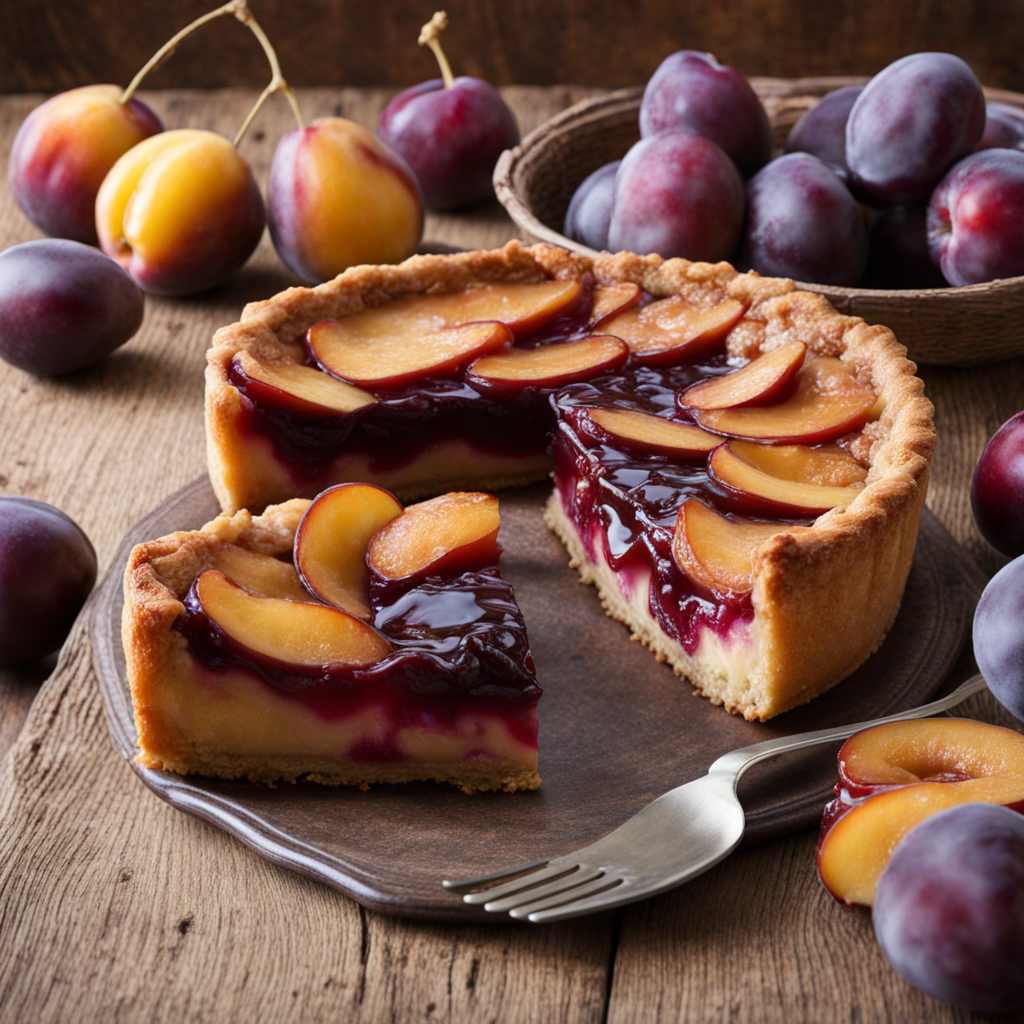Stäerzelen
Stäerzelen is a delightful culinary treasure from Luxembourg, offering a unique taste experience that showcases the country's rich cultural heritage. These traditional pastries are made primarily with a simple dough that consists of flour, sugar, butter, and eggs, resulting in a soft and tender texture. The dough is often flavored with hints of vanilla or lemon zest, providing a subtle yet refreshing backdrop to the dish. The name 'Stäerzelen' translates to 'little stars,' reflecting the star-shaped form they are cut into before baking, making them not only delicious but visually appealing as well. Upon first bite, you'll be greeted with a gentle sweetness that is perfectly balanced with the richness of the butter. The outer layer is lightly golden and crisp, giving way to a soft, pillowy interior that melts in your mouth. This delightful contrast creates a satisfying texture that keeps you reaching for more. Often enjoyed with a dusting of powdered sugar or drizzled with a light glaze, Stäerzelen can be served as a delightful snack, a sweet breakfast treat, or a charming dessert after dinner. Stäerzelen are not just a treat for the taste buds; they also evoke a sense of nostalgia and celebration in Luxembourgish culture. Traditionally prepared during festive occasions, they bring families together, symbolizing warmth and togetherness. Pairing these pastries with a cup of coffee or tea enhances the experience, allowing you to savor every bite while enjoying the comforting ambiance of a Luxembourgish café. Discovering Stäerzelen is like uncovering a sweet secret that connects you to the heart of Luxembourg's culinary traditions.
How It Became This Dish
The History and Cultural Significance of Stäerzelen: Luxembourg's Sweet Tradition Stäerzelen, a beloved traditional pastry from Luxembourg, embodies the rich culinary heritage of this small European nation. These star-shaped cookies are not only a treat to the palate but also a reflection of Luxembourg’s history, culture, and communal spirit. This engaging exploration will delve into the origins, cultural significance, and evolution of Stäerzelen over time. Origin and Ingredients The roots of Stäerzelen can be traced back several centuries to the region's agricultural practices and seasonal celebrations. The name "Stäerzelen" comes from the Luxembourgish word for "stars," aptly reflecting their shape, which is often designed to resemble a star or a similar motif. These cookies are primarily made from simple ingredients: flour, sugar, butter, and eggs, sometimes enhanced with the addition of spices like cinnamon or nutmeg, and occasionally adorned with a glaze or sugar icing. The earliest forms of Stäerzelen are believed to have originated in the Middle Ages, a time when the preparation of baked goods was closely tied to local resources and seasonal festivities. In the past, when sugar was a luxury item, these cookies were often reserved for special occasions such as weddings, Christmas, and local fairs. The use of star shapes symbolized celestial motifs, reflecting the agrarian society's connection to nature and the changing seasons. Cultural Significance Stäerzelen is more than just a cookie; it carries significant cultural weight in Luxembourgish society. Traditionally, it has been associated with the celebration of Christmas and the New Year. During the festive season, families would gather to bake these cookies, fostering a sense of community and togetherness. The preparation and sharing of Stäerzelen became a ritual, symbolizing goodwill and hospitality. In Luxembourg, food is a vital part of identity, and Stäerzelen represents a blend of influences from neighboring countries. The culinary traditions of Belgium, France, and Germany have all played a role in shaping Luxembourg’s gastronomy, and Stäerzelen exemplifies this cultural melting pot. The cookies are often enjoyed with a cup of tea or coffee, serving as a reminder of the importance of taking time to connect with friends and family over a shared meal. Moreover, Stäerzelen has found its place in various local festivals and markets. They are a common sight at Christmas markets throughout the country, where vendors offer handmade versions of the cookies, often decorated with colorful icing or sprinkles. This visibility not only reflects their popularity but also serves to promote Luxembourgish culture and traditions to both locals and tourists. Development Over Time As Luxembourg evolved through the centuries, so too did the recipe and presentation of Stäerzelen. The industrial revolution in the 19th century brought about changes in food production, with more families gaining access to refined ingredients like sugar and spices. Consequently, Stäerzelen began to be made in larger quantities and with more elaborate decorations, reflecting the changing tastes and economic conditions of the time. In the 20th century, as Luxembourg became more interconnected with Europe and the global community, Stäerzelen started to gain recognition beyond its borders. The post-World War II era saw a renewed interest in traditional foods, as nations sought to preserve their culinary heritage. Stäerzelen was embraced not only as a nostalgic treat but also as a symbol of national pride. Contemporary bakers in Luxembourg continue to innovate while honoring traditional recipes. Today, Stäerzelen can be found in many variations, including those that cater to modern dietary preferences, such as gluten-free or vegan options. The cookies may also be infused with regional flavors, such as local honey or nuts, showcasing the versatility of this traditional pastry. Stäerzelen in Modern Luxembourg In modern Luxembourg, Stäerzelen remains a cherished part of the culinary landscape. During the Christmas season, families bake these cookies together, passing down recipes and techniques from generation to generation. This practice not only keeps the tradition alive but also strengthens familial bonds and cultural identity. The rise of social media has also played a role in the revival of interest in traditional foods like Stäerzelen. Food bloggers and influencers share recipes and photos of their baking adventures, creating a community of enthusiasts who celebrate Luxembourg’s culinary heritage. This digital age has allowed Stäerzelen to reach a wider audience, inspiring people from different backgrounds to try their hand at making these delightful cookies. In addition to home baking, Stäerzelen is increasingly featured in Luxembourgish restaurants and cafes, where chefs put their own twist on the classic recipe. This incorporation into modern dining experiences highlights the pastry's adaptability and relevance in contemporary gastronomy. Some establishments even host workshops where participants can learn the art of Stäerzelen-making, further promoting the tradition and engaging a new generation. Conclusion Stäerzelen is not merely a cookie; it is a symbol of Luxembourg's rich cultural heritage, community spirit, and culinary evolution. From its medieval origins to its status as a festive treat, Stäerzelen encapsulates the essence of Luxembourg's identity. As the country continues to evolve, so too will the traditions surrounding Stäerzelen, ensuring that this delectable pastry remains a cherished part of Luxembourg's gastronomic tapestry for generations to come. In essence, every bite of Stäerzelen tells a story—a story of history, culture, and the enduring power of food to bring people together.
You may like
Discover local flavors from Luxembourg


